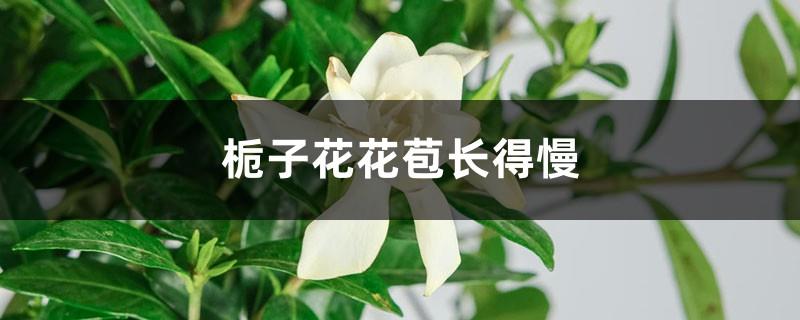How to propagate ginkgo, how to propagate ginkgo trees
Last Update :2024.12.06
Article Catalog
There are many ways to propagate Ginkgo, including cuttings, divisions, sowing and grafting. For cuttings, branches need to be cut, soaked in rooting water, and then inserted into the soil. The ramets need to be girded to promote rooting, and then separated and planted. Sowing is mostly done in spring. Sow the seeds into loose and fertile soil and water them appropriately. Grafting requires using branches or axillary buds as scions, inserting them into the incision of the rootstock, fixing them and covering them with plastic film.

1. Cuttings
1. Cuttings
Ginkgo cuttings are divided into old branch cuttings and young branch cuttings. Cuttings of old branches are usually carried out in March-April. Select strong branches that are 1-2 years old and cut them into 15-20 cm long cuttings. Cut the bottom into a horse ear shape. Bundle 50 branches into a bundle and wash them with clean water. , soak the bottom into the rooting water, and then insert it into the seedbed. You have to wait until May-June to take young branch cuttings. Choose branches that have not yet become lignified as cuttings, with a length of two centimeters and 2-4 leaves. Insert it into a pot, place it in a place with scattered light, and spray water on the leaves appropriately.

2. Branches
Only Female ginkgo plants that have been growing for many years will have tillers sprouting from the roots. If not, the roots can be cut off to promote the reproduction of new tillers. Generally, from July to August every year, girdling is carried out on the root tiller stem, and then soil is built on top. New roots will grow in the girdling area in about a month. In the spring of the next year, they can be separated and planted.

3. Sowing
Ginkgo in After harvesting the cones, they need to be dried and raised. The outer skins are removed and the seeds are taken out and planted in the next spring. Sowing should generally be done in a location with higher terrain and good drainage, where irrigation is also more convenient. First level the ground, apply enough base fertilizer, and turn the fertilizer into the ground. After pouring the base water, put the seeds in, with the sprout tips facing down.

IV. Grafting
Grafting is One of the most common methods of ginkgo propagation is cleft grafting, incision grafting, skin grafting and bud grafting. Taking cleft grafting as an example, select 5-year-old saplings as rootstocks, while for scions, choose mature trees and cut off thick branches that are 1-3 years old. Cut the bottom of the scion into a wedge shape, split the stock in the middle, insert the scion into the split, and tie it tightly with plastic film to prevent moisture from entering.
2. Branches
3. Sowing
4. Grafting
- END -
How to encourage gardenia flower buds to grow? What to do if the flower buds grow slowly?

If the gardenia buds grow slowly, the substrate needs to be replaced in time to en...
Fertilizer can be applied within a few days after repotting Gypsophila gypsophila. What should I do

Generally, don’t rush to fertilize after repotting Gypsophila spp., wait until th...